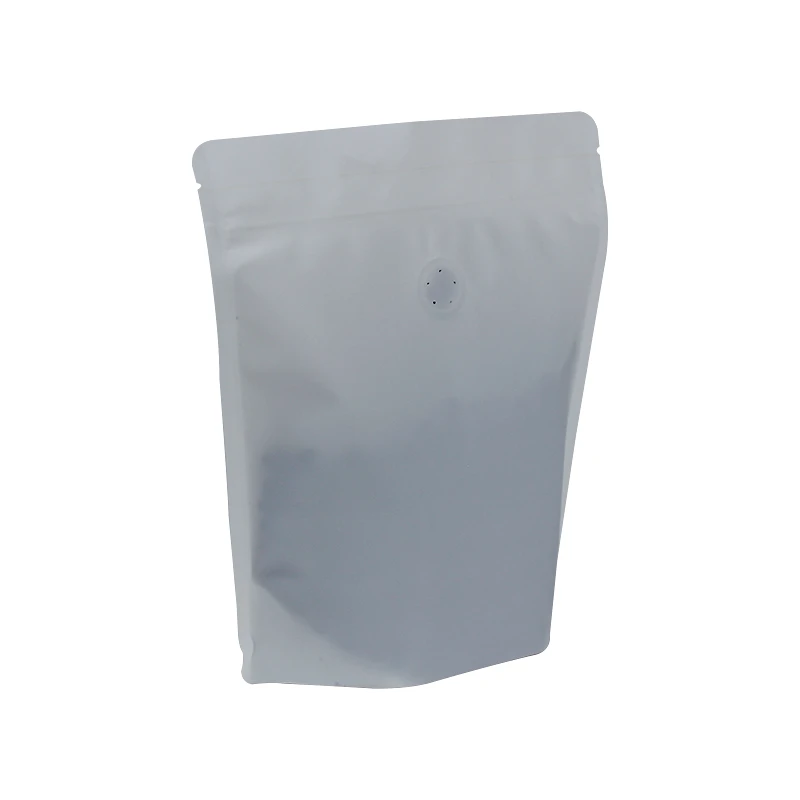- Afrikaans
- Albanian
- Amharic
- Arabic
- Armenian
- Azerbaijani
- Basque
- Belarusian
- Bengali
- Bosnian
- Bulgarian
- Catalan
- Cebuano
- chinese_simplified
- chinese_traditional
- Corsican
- Croatian
- Czech
- Danish
- Dutch
- English
- Esperanto
- Estonian
- Finnish
- French
- Frisian
- Galician
- Georgian
- German
- Greek
- Gujarati
- haitian_creole
- hausa
- hawaiian
- Hebrew
- Hindi
- Miao
- Hungarian
- Icelandic
- igbo
- Indonesian
- irish
- Italian
- Japanese
- Javanese
- Kannada
- kazakh
- Khmer
- Rwandese
- Korean
- Kurdish
- Kyrgyz
- Lao
- Latin
- Latvian
- Lithuanian
- Luxembourgish
- Macedonian
- Malgashi
- Malay
- Malayalam
- Maltese
- Maori
- Marathi
- Mongolian
- Myanmar
- Nepali
- Norwegian
- Norwegian
- Occitan
- Pashto
- Persian
- Polish
- Portuguese
- Punjabi
- Romanian
- Russian
- Samoan
- scottish-gaelic
- Serbian
- Sesotho
- Shona
- Sindhi
- Sinhala
- Slovak
- Slovenian
- Somali
- Spanish
- Sundanese
- Swahili
- Swedish
- Tagalog
- Tajik
- Tamil
- Tatar
- Telugu
- Thai
- Turkish
- Turkmen
- Ukrainian
- Urdu
- Uighur
- Uzbek
- Vietnamese
- Welsh
- Bantu
- Yiddish
- Yoruba
- Zulu
The Evolution of the Ideal Zipper Through the Years
The Evolution of the Ideal Zipper A Historical Perspective
The zipper, a seemingly simple mechanism, has profoundly impacted fashion and functionality since its inception. Its journey from a rudimentary design to the sleek closures we use today is filled with innovation and adaptation, culminating in what many refer to as the “ideal zipper.” This article explores the history of the zipper, highlighting key developments that have shaped its design and functionality.
The story of the zipper begins in the late 19th century. In 1851, Elias Howe, famed for inventing the sewing machine, patented a device that would eventually be recognized as an early form of the zipper. However, it wasn't until 1893 that the modern zipper began to take form, thanks to the efforts of Whitcomb Judson. Judson, initially seeking a fastener for shoes, developed a “clasp locker” which, although functional, was cumbersome and failed to gain commercial success.
The Evolution of the Ideal Zipper A Historical Perspective
The term “zipper” itself was popularized in 1923 when the B.F. Goodrich Company began using Sundback's fastener in their rubber boots. The name aptly reflected the sound made when the device was used, marking the beginning of its commercial viability. From then on, zippers surged in popularity, becoming a staple in the fashion industry. Their utility and aesthetic appeal transformed women's and men's clothing, offering a convenient alternative to buttons and hooks.
ideal zipper history

Throughout the mid-20th century, zippers continued to evolve. The introduction of nylon in the 1930s changed the landscape entirely. Prior to nylon, metal was the primary material used for zippers, which, while sturdy, often added weight and stiffness to garments. Nylon zippers, on the other hand, were lighter, more flexible, and resistant to corrosion, thus enhancing the comfort and functionality of clothing. This versatility allowed designers to experiment with new styles and materials, leading to the vibrant array of fashion options we see today.
The latter part of the 20th century and early 21st century ushered in further innovations. Zippers became not only functional but also decorative elements, contributing to the overall aesthetics of a garment. Various styles, such as invisible zippers, double-slide zippers, and molded plastic zippers, emerged, catering to different needs in fashion and industrial applications. The rise of eco-conscious fashion has also influenced zipper production, with manufacturers exploring sustainable materials and practices.
Despite these advances, the quest for the “ideal zipper” continues. Challenges such as wear and tear, snagging, and misalignment remain prevalent. However, with the advent of technology, researchers and designers are constantly seeking solutions. Smart technologies have begun to find their way into zipper designs, enhancing security features in luggage and even integrating with wearable tech in clothing.
In conclusion, the history of the zipper is a testament to human ingenuity and adaptability. From its humble beginnings to its status as an essential component of modern apparel, the evolution of the zipper reflects broader trends in fashion, technology, and sustainability. As we look to the future, the ideal zipper symbolizes not just a functional fastener but also the ongoing quest for innovation in design and utility, ensuring that this simple yet revolutionary invention remains relevant for years to come.













